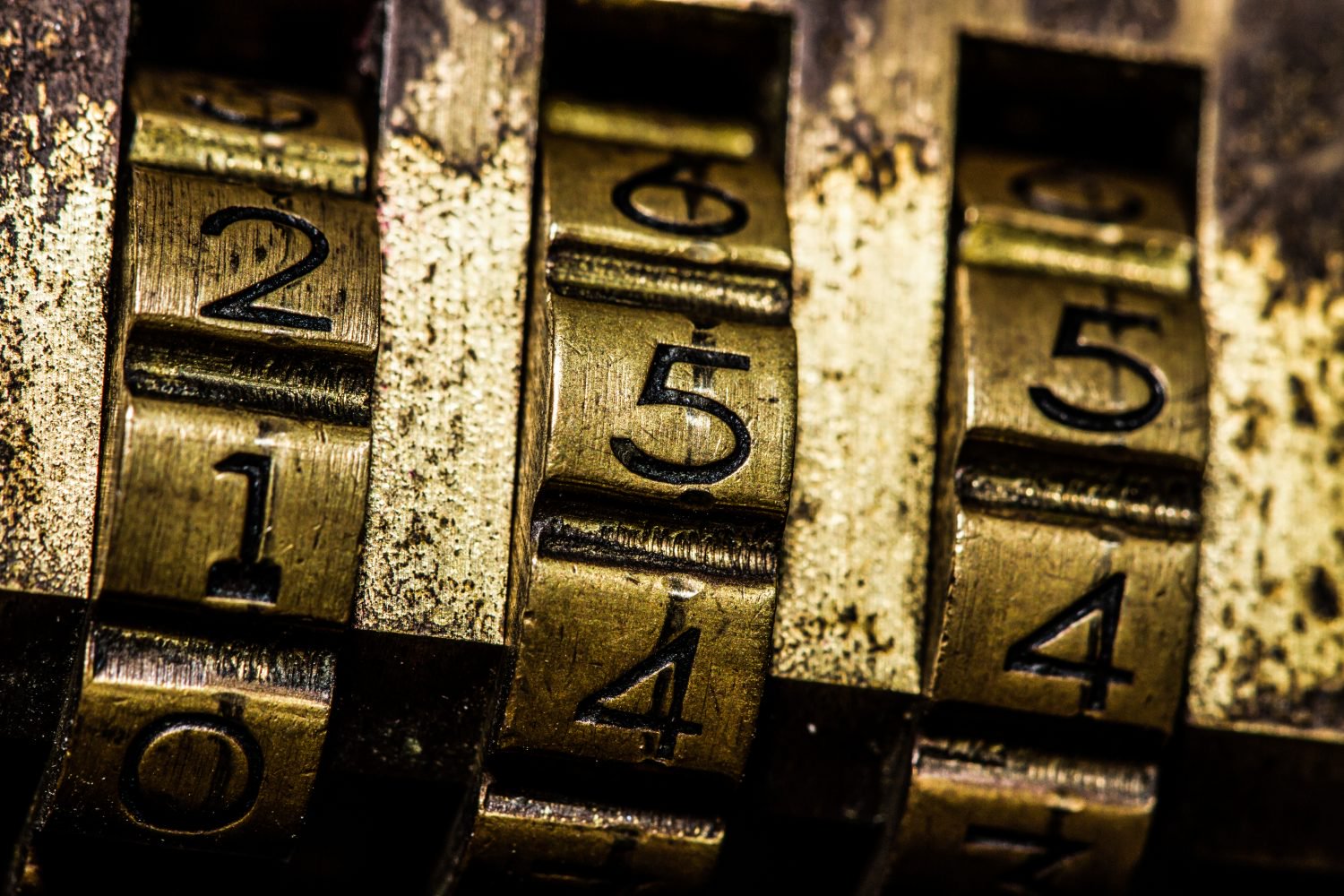OKX Latest Proof of Reserves Shows Exchange Over-collateralized
/arc-photo-coindesk/arc2-prod/public/LXF2COBSKBCNHNRE3WTK2BZ7GE.png)
It’s the one-year anniversary of Proof of Reserves (PoR) becoming a post-FTX industry norm, and OKX’s latest published PoR shows the exchange has $12.5 billion in assets and is over-collateralized.
OKX’s now 12-long series of PoRs shows the exchange has maintained a reserve ratio exceeding 100% for the last year in the market’s 22 most important assets, including bitcoin (BTC), ether (ETH) and tether (USDT), the company wrote in a blog post.
“Customers often express concerns in person about centralized exchanges, highlighting issues with security, solvency and downtimes, even if they don’t always voice these concerns digitally,” OKX Chief Marketing Officer Haider Rafique said in an interview with CoinDesk.
Raifique points to a consensus amongst OKX users. According to a survey it did earlier this year, 84% said that publishing Proof of Reserves is very important to assuaging fears of solvency.
Nic Carter, a general partner at Castle Island Ventures, has ranked OKX highly with using a PoR valuation framework. Carter, however, did note that OKX could improve their score within that framework by improving language in its Terms of Service that specifically outlines the segregation of client funds and operating capital.
Then there’s the use of custodians by exchanges, which entered the spotlight post-FTX. Japanese customers, for instance, were quickly made whole due to rules the nation’s regulators made in the aftermath of Mt. Gox, which required the use of third-party custodians to segregate customer funds. Others didn’t fare as well.
Rafique explained that OKX uses a “hybrid custody model” that incorporates cold wallets – air-gapped and contained within OKX’s control – and warm wallets, which are stored with third-party custodians.
“In the future, we will likely have more custody partners based on jurisdictions or customer type,” he said. “For instance, we might use one custody partner for institutional clients and another for retail clients due to differing use cases.”
Are DEX’s Eating the Lunch of Centralized Exchanges?
Although in the immediate aftermath of FTX there was a concern that Sam Bankman-Fried had made the case for decentralized exchanges (DEXs) – and those fears still resonate with some consumers – the data shows that centralized exchanges (CEXs) are very much alive and well. “I think there are advantages of being a centralized exchange for a trader for an investor,” Rafique said. “Centralized exchanges have the ability to work with market makers and cater to a diverse customer base, including retail, institutional, and high net worth customers, while also having better order execution efficiency due to centralized order matching.”
One advantage that DEXs have over their centralized counterparts is that they allow traders to beta-test assets that might not be ready for a prime-time.
“DEXs allow for the trading of newer assets that might not be immediately available on centralized exchanges, which typically offer these assets once they mature and have a built community,” he continued.
For now, DEXs and centralized exchanges are complimentary, he said, and not in competition with one another.
Edited by Stephen Alpher.








